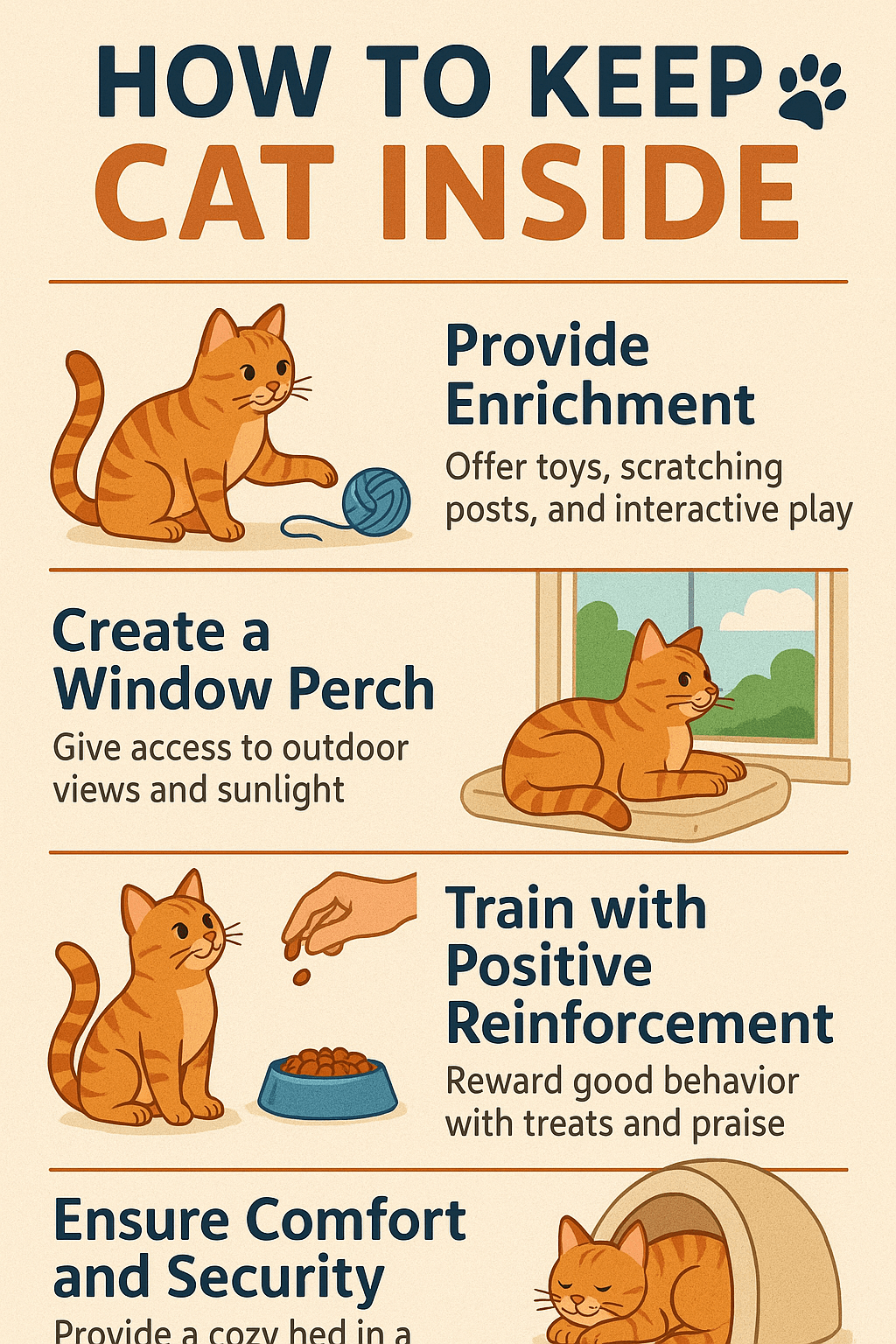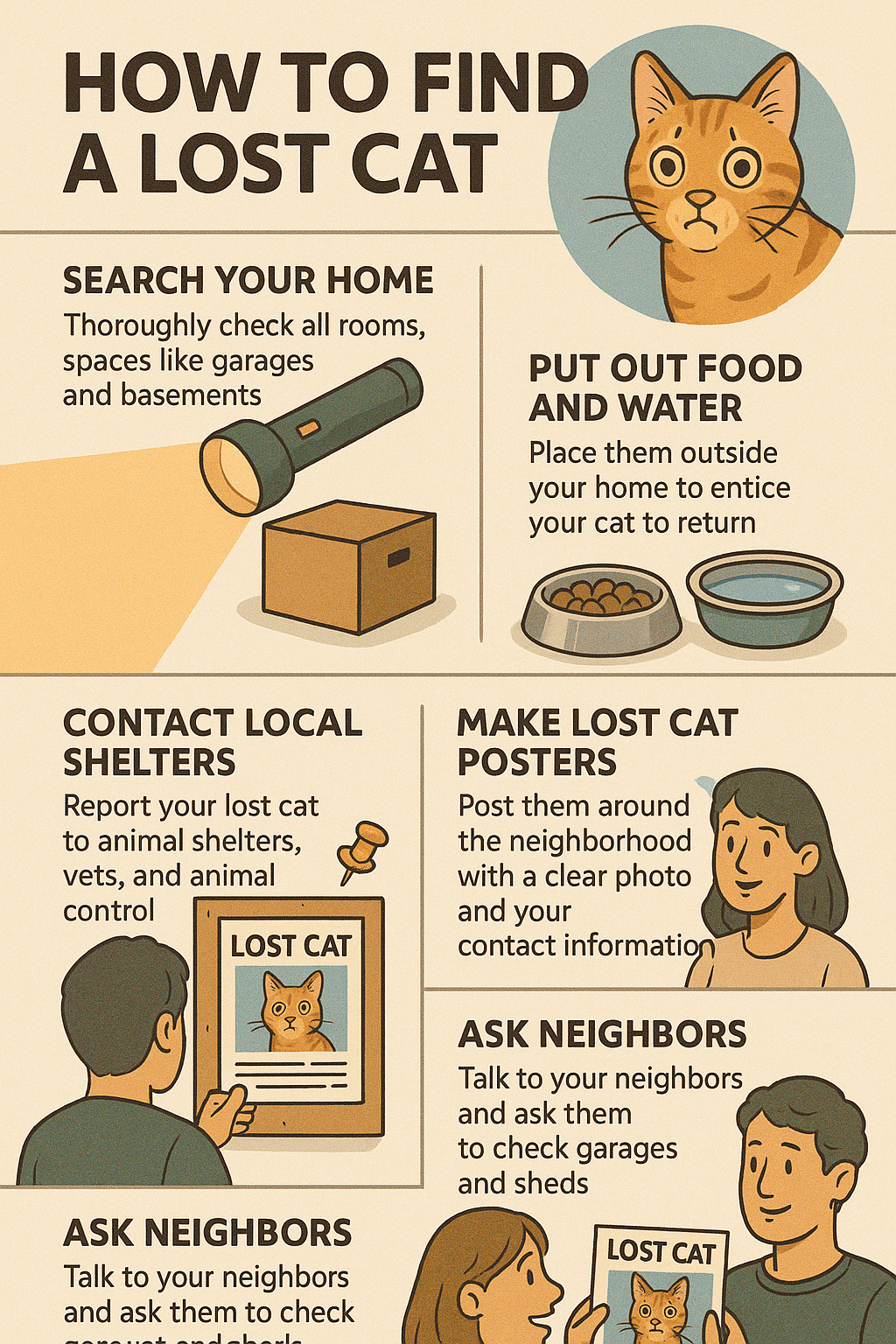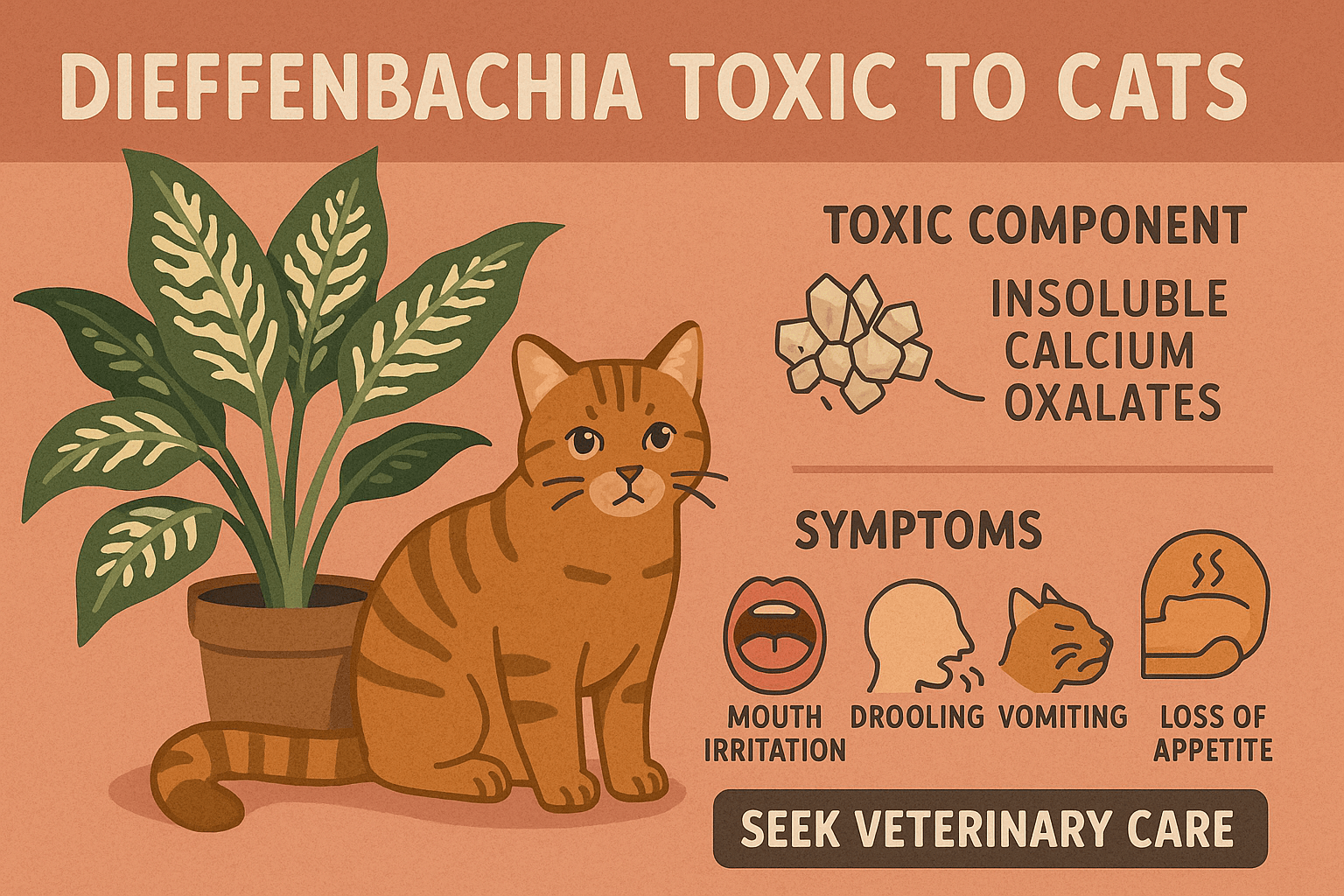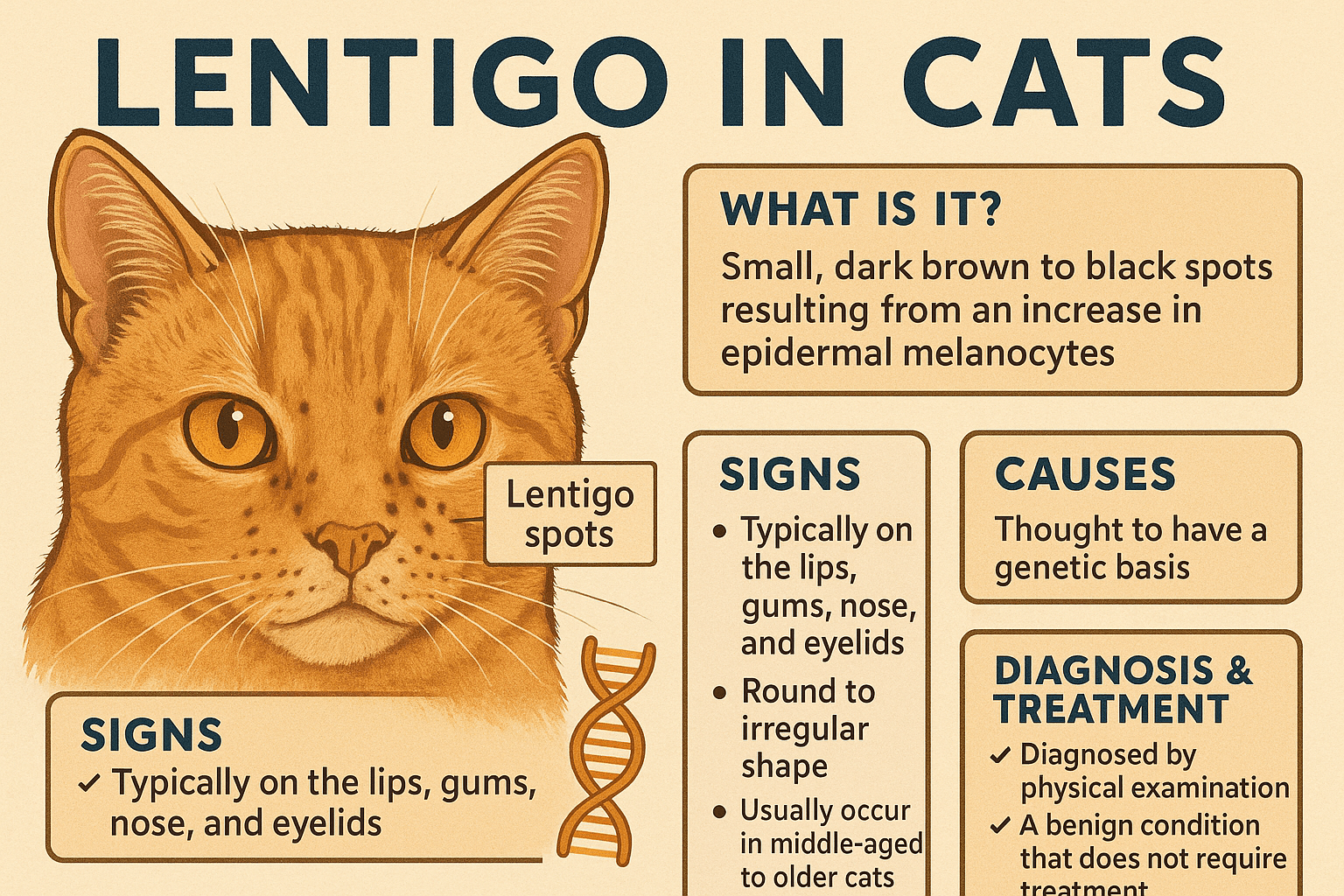How to Keep Your Cat Indoors Safely
Cats are naturally curious creatures, and while some thrive as indoor pets, others may feel the urge to explore the great outdoors. However, allowing your cat to roam freely outside can expose them to dangers such as traffic, predators, or diseases. Keeping your cat indoors is one of the best ways to ensure their safety and longevity. But how do you convince your feline friend to stay inside without feeling confined? With a combination of environmental enrichment, training, and thoughtful adjustments, you can create an indoor space that satisfies their instincts while keeping them secure. Let’s explore practical strategies to help your cat embrace life indoors happily and healthily.
Expert Opinion: Making Indoor Life Entertaining for Your Cat
“While you’ll never be able to provide the same space and stimulation inside that your outdoor cat previously enjoyed, you should still make it as entertaining as possible. Provide multiple toys for your cat, particularly those that allow them to use their hunting and stalking instincts.”
Create an Enriched Indoor Environment
To keep your cat content indoors, it’s essential to provide an environment that stimulates their natural behaviors and satisfies their curiosity. These tips will help transform your home into a cat-friendly haven.
Install Window Perches:
Place window perches near areas with bird activity or scenic views to give your cat a front-row seat to the outside world.Provide Scratching Posts and Climbing Trees:
Cats love to scratch and climb. Offer sturdy scratching posts and multi-level cat trees to fulfill these instincts safely.Incorporate Interactive Toys:
Toys like feather wands, laser pointers, and puzzle feeders engage your cat’s hunting skills and keep them entertained for hours.Set Up Hiding Spots:
Create cozy hiding spots using blankets, boxes, or enclosed beds where your cat can retreat when they need privacy.Use Cat Grass and Plants:
Grow cat-safe plants like catnip or wheatgrass indoors to satisfy their natural urge to nibble on greenery.
By enriching your home with these elements, you can mimic the excitement of the outdoors and make staying inside more appealing for your cat.
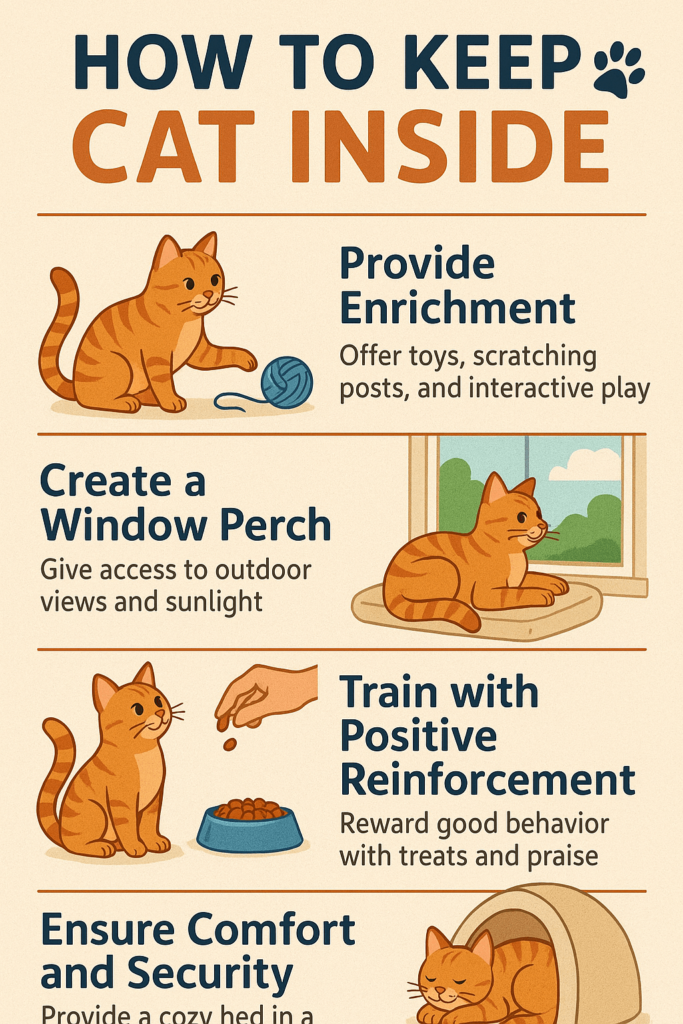
Training Techniques to Encourage Staying Indoors
Training your cat to remain indoors requires patience and consistency. These techniques can help reinforce positive behavior and discourage attempts to escape.
Reward Indoors Behavior:
Use treats, praise, or playtime to reward your cat whenever they exhibit calm, content behavior indoors.Limit Access to Doors:
Block off access to frequently used doors by installing baby gates or using furniture to create barriers.Teach Recall Commands:
Train your cat to come when called by associating a specific sound, like a whistle or clicker, with rewards.Deter Escape Attempts:
If your cat lingers near exits, gently redirect their attention with toys or treats to break the habit.Avoid Punishment:
Negative reinforcement can increase anxiety and make your cat associate staying indoors with fear. Focus on positive methods instead.
With consistent training, your cat will learn to feel safe and comfortable within the confines of your home.
Check this guide 👉How Long Can an Indoor Cat Survive Outside? Best 7 Tips!
Check this guide 👉How Did My Indoor Cat Get a Cold? Best 7 Health Tips!
Check this guide 👉How Do Indoor Cats Get Ear Mites? Best 7 Expert Tips!
Benefits of Keeping Cats Indoors | Risks of Allowing Cats Outside |
|---|---|
Protection from traffic accidents | Exposure to cars and busy streets |
Reduced risk of diseases | Potential contact with infected animals |
Longer lifespan | Threats from predators like coyotes |
Prevention of fights with other cats | Risk of territorial disputes |
Lower chance of getting lost | Possibility of theft or abandonment |
Cat-Proofing Your Home for Safety
A secure indoor environment is key to ensuring your cat stays safe and doesn’t find sneaky ways to escape. Follow these steps to cat-proof your home effectively.
Secure Windows and Balconies:
Install screens or netting on windows and balconies to prevent accidental falls or escapes.Block Off Small Openings:
Inspect your home for gaps under doors, loose vents, or crawl spaces that could serve as escape routes.Store Hazardous Items Safely:
Keep cleaning products, medications, and small objects out of reach to avoid poisoning or choking hazards.Anchor Heavy Furniture:
Secure bookshelves, cabinets, and other heavy items to prevent tipping if your cat climbs them.Remove Toxic Plants:
Identify and remove any toxic houseplants that could harm your cat if ingested.
By taking these precautions, you can create a safe and escape-proof space for your feline companion.
Addressing Boredom and Restlessness Indoors
Indoor cats can sometimes become bored or restless, which may lead to destructive behavior or attempts to escape. Combat this by providing mental and physical stimulation.
Rotate Toys Regularly:
Swap out toys every few weeks to keep your cat’s interest piqued and prevent boredom.Engage in Daily Play Sessions:
Dedicate time each day to interactive play with your cat to burn off excess energy and strengthen your bond.Introduce Food Puzzles:
Use food puzzles or treat-dispensing toys to challenge your cat mentally during mealtime.Create Vertical Spaces:
Add shelves or wall-mounted perches to give your cat vertical territory to explore and claim.Play Nature Sounds or Videos:
Stream videos of birds or mice or play nature sounds to entertain your cat and spark their curiosity.
Keeping your cat mentally and physically engaged reduces the likelihood of them seeking adventure outside.
Signs Your Cat Wants to Go Outside
Understanding why your cat might want to go outside can help you address their needs proactively. Here are some common signs and solutions.
Staring Out Windows:
This indicates curiosity about the outside world. Provide window perches or bird-watching opportunities indoors.Meowing Near Doors:
Cats often vocalize near exits when they’re curious or bored. Redirect their attention with toys or treats.Scratching at Doors or Walls:
This behavior signals frustration or a desire to explore. Add vertical climbing spaces or interactive toys.Increased Aggression:
Pent-up energy can lead to aggression. Schedule regular play sessions to tire them out.Hiding in Strange Places:
Cats may hide when stressed. Ensure they have cozy, quiet spaces indoors where they feel secure.
Recognizing these signs allows you to address underlying issues and keep your cat satisfied indoors.
Benefits of Supervised Outdoor Time
If your cat craves outdoor experiences, supervised outdoor time can be a safe compromise. Here’s how to make it work.
Use a Harness and Leash:
Train your cat to wear a harness for short, supervised walks in secure areas.Build a Catio:
A catio (cat patio) provides fresh air and outdoor views while keeping your cat safe from danger.Try Enclosed Gardens:
Create a fenced or netted garden area where your cat can explore without escaping.Introduce Outdoor Soundscapes:
Play recordings of birds or rustling leaves indoors to simulate outdoor sounds.Limit Time Outside:
Short, structured outdoor sessions reduce risks while satisfying your cat’s curiosity.
Supervised outdoor time bridges the gap between full indoor living and unrestricted roaming.
How to Transition an Outdoor Cat Indoors
Transitioning an outdoor cat to indoor living requires careful planning and patience. These steps can ease the process.
Start Gradually:
Begin by increasing the amount of time your cat spends indoors each day before making it permanent.Provide Familiar Scents:
Bring outdoor items like grass or leaves inside to comfort your cat during the transition.Offer Extra Comforts:
Set up cozy sleeping spots and provide plenty of toys to distract them from missing the outdoors.Stick to a Routine:
Maintain a consistent feeding, play, and grooming schedule to help your cat adjust to their new lifestyle.Be Patient and Persistent:
Some cats take longer than others to adapt. Stay consistent and celebrate small victories along the way.
With time and effort, even outdoor-loving cats can learn to enjoy the comforts of indoor living.
Frequently Asked Questions About Keeping Cats Indoors
Is it cruel to keep a cat indoors?
No, as long as their needs for stimulation, exercise, and companionship are met, indoor cats can live happy and fulfilling lives.
What if my cat is used to going outside?
Gradually transition them to indoor living by increasing indoor enrichment and supervised outdoor time in a secure enclosure.
How do I stop my cat from scratching at the door?
Redirect their attention with toys or treats and use deterrents like double-sided tape near the door.
Can I let my cat out in a fenced yard?
Even fenced yards pose risks like predators or escape opportunities. Consider building a catio instead for controlled outdoor access.
How can I tell if my cat is bored?
Signs include excessive meowing, destructive behavior, or over-grooming. Increase enrichment activities to address these issues.
Creating a Happy and Safe Indoor Life for Your Cat
Keeping your cat indoors doesn’t mean sacrificing their happiness or freedom—it simply means adapting your home to meet their unique needs. By enriching their environment, training them effectively, and ensuring their safety, you can provide a fulfilling indoor lifestyle that keeps them healthy and content. Remember, a well-stimulated cat is less likely to yearn for the outdoors. With love, patience, and creativity, you can give your feline friend everything they need to thrive right at home.
How to Find a Lost Cat: Best 7 Expert Tips! Discover actionable strategies to locate your missing cat, understand their behavior, and prevent future escapes with expert advice.
Is Dieffenbachia Toxic to Cats? Best 7 Expert Tips! Discover the dangers of Dieffenbachia, symptoms of poisoning, and how to keep your cat safe with expert advice and preventive measures.
Lentigo in Cats: Best 7 Expert Tips! Discover expert advice on understanding, identifying, and managing lentigo in cats to ensure your feline's health and happiness.
Siamese Cat Lifespan: Best 7 Expert Tips! Discover how to maximize your Siamese cat’s longevity with expert advice on health, care, and lifestyle for a happy, thriving feline companion.

